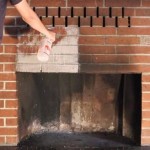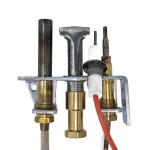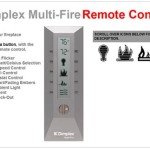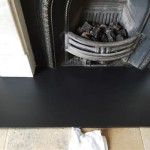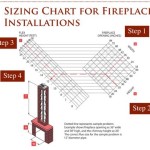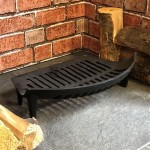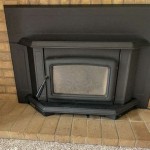Essential Aspects of Replacement Fireplace Dampers
A fireplace damper is a critical component that regulates airflow in and out of the chimney. When the damper is open, smoke and gases can escape, while closed, it helps prevent heat loss and downdrafts. Over time, dampers can become worn or damaged, compromising their effectiveness. Replacing a fireplace damper is a crucial task that ensures optimal fireplace performance and safety.
Choosing the Right Damper
Selecting the appropriate replacement damper is essential. Factors to consider include the size, type, and material of the damper. Measure the opening of your fireplace to determine the correct size. There are various types of dampers available, such as top-sealing, throat, and bar dampers; each has its advantages and disadvantages. Additionally, consider the material; cast iron and stainless steel are common options with varying durability and cost.
Safety Precautions
Safety is paramount when replacing a fireplace damper. Ensure the fireplace is completely cold and free of ashes or embers. Wear gloves and safety glasses for protection. If possible, work with an assistant to stabilize the damper during installation. Disconnect any gas lines if present and cover the floor with a tarp to prevent debris from falling.
Removal of the Old Damper
Locate the screws or bolts holding the old damper in place and remove them. Carefully lift the damper out of the fireplace. If the damper is stuck, gently pry it loose using a flathead screwdriver or pry bar. Dispose of the old damper responsibly.
Installation of the New Damper
Place the new damper into the opening. Ensure it fits securely and aligns properly. Fasten the damper using the screws or bolts provided. Tighten them sufficiently to hold the damper in place but avoid overtightening. Reconnect any gas lines if applicable.
Testing the Damper
Once the damper is installed, check its operation. Open and close the damper fully to ensure smooth movement. The damper should open and close easily without binding or sticking. If any issues arise, inspect the damper for proper alignment or potential obstructions.
Regular Maintenance
To maintain optimal performance, regularly inspect and clean the fireplace damper. Remove any soot or debris that may accumulate. Lubricate the moving parts if necessary. By following these essential aspects, you can effectively replace your fireplace damper, ensuring a safe and efficient fireplace system.

Flueblocker Chimney Flue Fireplace Draft Stopper Herdwick Wool Damper Replacement 8 X 20 Com

Damper Plate Throat The Blog At Fireplacemall

Fireplace Damper Repair Full Service Chimney Kansas City

Flueblocker For 8 X32 Chimney Flue Sheep Fireplace Draft Stopper Plug Replacement Damper Tool Better Than Inflatable Pillow Or Balloon Save Energy Block Odor Debris Com

Fireplace Dampers Throat Vs Top Mount Swede Chimney Sweep Dryer Vent Cleaning

Chimney Dampers In Chicago Capital Corp

Damper Repairs Replacement Yamhill County Chimney

Don T Let A Leaky Chimney Damper Dampen Your Spring American Masonry

Nicholas Chimney Sweeping Stove Fireplace Services Vienna Virginia

What Is A Chimney Damper Full Service
Related Posts

